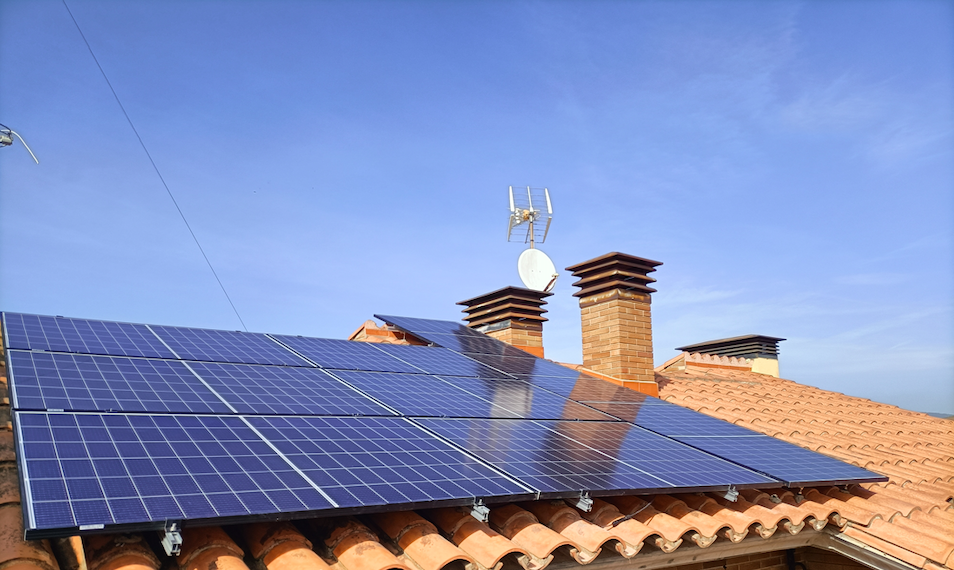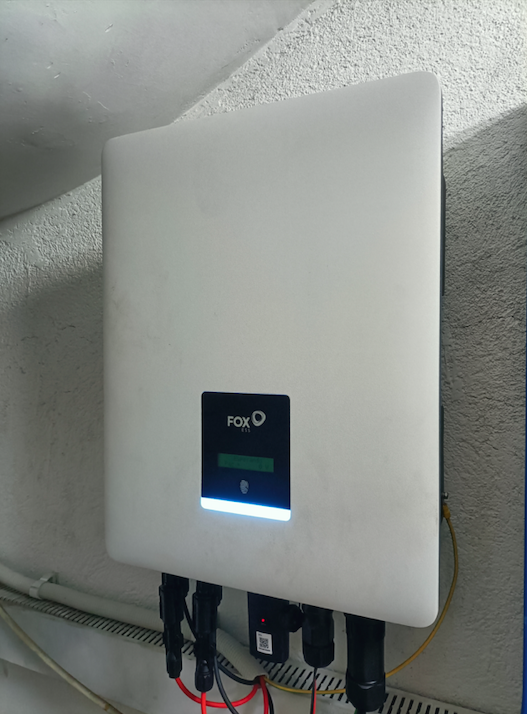
Photo by Adeolu Eletu on Unsplash
At the end of last year, after some research, we ended up installing a solar system in the house. There are quite a few considerations you have to take into account to try to get the most out of your investment which makes the decision not easy, but overall it ends up reducing your energy cost and we decided it was worth it no matter what.
There are three main considerations you have to do in the whole process:
1.- The equipment you purchase and install.
2.- The utility company and rate your contract.
3.- The fiscal benefits you apply to (if any)
Luckily, our home has some roof facing the south, which is the direction you need to face your panels in order to get the most exposure here in Spain, so all we did was install as many panels as we could in the empty space we had. We ended up with 10 panels with a total of almost 5Kw installed. You also need to consider any elements introducing shade to your panels as well as the inclination, but in our case, the roof was good enough to directly fix the panels with no additional structure.

One of the important decisions is to consider adding batteries to your system. We initially wanted to get them to be more independent from the grid but the additional cost they add to the total project makes them not interesting if you are already connected to the grid to provide you energy when you are not producing. Adding batteries basically, double the price of the installation.
So the main equipment we ended up getting was the panels and the inverter, which in our case had to be a three-phase one. Depending on the surface you can consider several panels and the main consideration for the inverter is the top energy you can run into. If it is low, you will not be able to use the same one in the future if you add more panels.

After several days we had our system working and producing energy, although we still had to wait for all the paperwork to be sent to the local government agency to have everything legally.
This sunny weekend's daily production is reaching its record as days are starting to be longer and although the temp is still cold at night, the sun is brightly shining most of the day.
With the system, you get an app to see the produced energy in real-time, how much is consumed in the house, and how much is thrown to the grid. As you can appreciate in the image below, right now the panels are producing a total of 1,813 Kw of CC which the inverter converts into 1,718 Kw of CA, the house is taking 0,570 Kw and the rest goes to the grid.

Now comes the second part which depends pretty much on the offer you have from utility companies. In Spain, most companies offer you several rates to choose from when contracting, from having the same rate all day long to having a different rate every hour depending on the wholesale market. On top of that, most of them offer you compensation for your excess production, but the price they pay you is much lower than the one they charge you and on top of that, they reset the balance every month, so you can not compensate your excess from one month to the other.
You have to make quite a few considerations as the rate, the amount they pay, what you can compensate from all the costs in the invoice as taxes added can not be compensated, and so on. And the compensation can only be contracted when your project is completely legal.
A few companies have started offering a better deals. They call it a "virtual battery" and basically it is compensation that does not reset every month. If you go on vacation in the summer and produce a big excess, you can compensate any other month you may need to. This is a much better option but you still have to check what rates they charge you when contracting the "virtual battery" as they may be higher than the ones you have.
All in all, we have decided to wait for several months before making any utility company change, but we have requested to compensate for whatever we produce in excess.
Whatever you do, just having an app you can look at to see how your solar system is doing, helps you decide when to plug and unplug things in the house to try to do as much consumption during the hours you are producing. Here you can see yesterday's chart, with all the ups and downs around 12 am to 2 pm when we were doing some cooking in the oven.

The red line at the top is the energy produced, the "parallel" dark blue below is the excess drop to the grid, the light blue is the house consumption, and the orange, which you see at zero most of the morning is the amount purchased from the grid. Below you can see yesterday's chart with the energy produced every hour.

Finally, you have to consider applying for benefits if there are any in the country/community you live in. Right now in Spain, you can apply for a 50% discount on year housing tax for three or four years, depending on the town you live in. There are also some additional benefits you can apply for but the total amount given away may not be worth the hassle. We have only applied for the 50% housing tax discount and still waiting for the resolution.
All in all, I can tell you I like the way we are changing our habits since the very first day we were able to check for all the data. We have gotten our first invoice after we had everything running and have had a 40% consumption decrease. To that, we have to add the additional discount we will get whenever the excess compensation is activated, plus the fiscal benefits for three years.
My goal is to add batteries whenever prices make the expense worth it, as it adds an extra variable to your installation which brings you additional freedom from the utility conglomerates.
Posted with STEMGeeks
I wonder if you have considered a BTC miner in order to use your non-used electricity, it can be a good source of non-KYC BTC 😉
that's a good point, the problem is the ASIC cost :)
They are cheaper now
Waoooo un post increíble, gracias por compartir